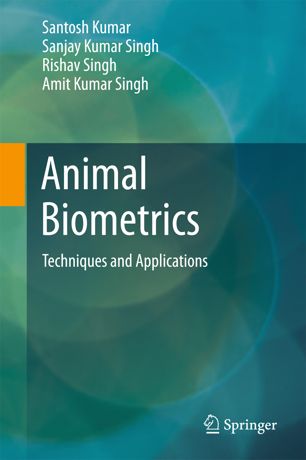

Most ebook files are in PDF format, so you can easily read them using various software such as Foxit Reader or directly on the Google Chrome browser.
Some ebook files are released by publishers in other formats such as .awz, .mobi, .epub, .fb2, etc. You may need to install specific software to read these formats on mobile/PC, such as Calibre.
Please read the tutorial at this link: https://ebookbell.com/faq
We offer FREE conversion to the popular formats you request; however, this may take some time. Therefore, right after payment, please email us, and we will try to provide the service as quickly as possible.
For some exceptional file formats or broken links (if any), please refrain from opening any disputes. Instead, email us first, and we will try to assist within a maximum of 6 hours.
EbookBell Team

4.8
34 reviewsThis book presents state-of-the-art methodologies and a comprehensive introduction to the recognition and representation of species and individual animals based on their physiological and phenotypic appearances, biometric characteristics, and morphological image patterns. It provides in-depth coverage of this emerging area, with an emphasis on the design and analysis techniques used in visual animal biometrics-based recognition systems.
The book offers a comprehensive introduction to visual animal biometrics, addressing a range of recent advances and practices like sensing, feature extraction, feature selection and representation, matching, indexing of feature sets, and animal biometrics-based multimodal systems. It provides authoritative information on all the major concepts, as well as highly specific topics, e.g. the identification of cattle based on their muzzle point image pattern and face images to prevent false insurance claims, or the monitoring and registration of animals based on their biometric features.
As such, the book provides a sound platform for understanding the Visual Animal Biometrics paradigm, a vital catalyst for researchers in the field, and a valuable guide for professionals. In addition, it can help both private and public organizations adapt and enhance their classical animal recognition systems.